
Gerstner Lab
@compneuro_epfl
The Laboratory of Computational Neuroscience @EPFL_en studies models of #neurons, #networks of #neurons, #synapticplasticity, and #learning in the brain.
ID: 973213281816141824
https://www.epfl.ch/labs/lcn/ 12-03-2018 15:05:02
182 Tweet
2,2K Followers
77 Following
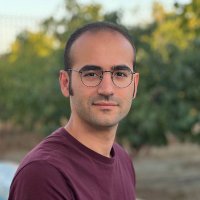
What do we talk about when we talk about "curiosity"? 🤔 In our new paper in Trends in Neurosciences (with Kacper Kondrakiewicz, Gerstner Lab & Sebastian Haesler), we address this question by reviewing the behavioral signatures, neural mechanisms, and comp. models of curiosity: doi.org/10.1016/j.tins…

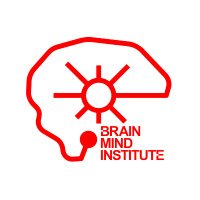

Excited that our new position piece is out! In this article, summerfieldlab @summerfieldlab.bsky.social and I review three recent advances in using deep RL to model cognitive flexibility, a hallmark of human cognition: sciencedirect.com/science/articl… (1/4)

Normative theories show that a surprise signal is necessary to speed up learning after an abrupt change in the environment; but how can such a speed-up be implemented in the brain? 🧠 We make a proposition in our new paper in PLOS Comp Biol. doi.org/10.1371/journa…
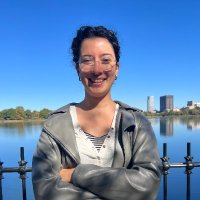
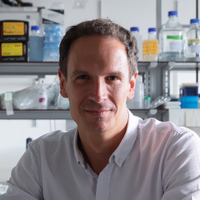
And it's a book! Together with Steve Ramirez, we have gathered some of the leading experts in the field who have generously contributed with a chapter of what has become the first ever book on #engram biology! 📖🔥🧠Come take a look! ⬇️⬇️⬇️ link.springer.com/book/10.1007/9…


📕Recovering network weights from a set of input-output neural activations 👀 Ever wondered if this is even possible? 🤔 Check out Expand-and-Cluster, our latest paper at #ICML2024! Thu. 11:30 #2713 proceedings.mlr.press/v235/martinell… A thread 🧵 ⚠️ Loss landscape and symmetries ahead ⚠️

Today in Nature Communications . 📝 Open-puzzle: training event-based spiking neurons is mysteriously impossible. Ana Stanojevic 👩🏻🔬 shows it become possible using theoretical equivalence between ReLU CNN and event-based CNN. Congrats ! 🧵 nature.com/articles/s4146…


Next Monday, I'll present how we exploit symmetries to identify weights of a black-box network to the EfficientML reading group 📒 Have a look if interested in Expand-and-Cluster: sites.google.com/view/efficient… Thanks Olga Saukh for the invite!


Headed to Bernstein Network Computational Neuroscience Conference this weekend and interested in how biological computation is performed across different scales from single neurons to populations and whole-brain and even astrocytes and the whole body, drop by our workshop co-organized w/ Shervin Safavi
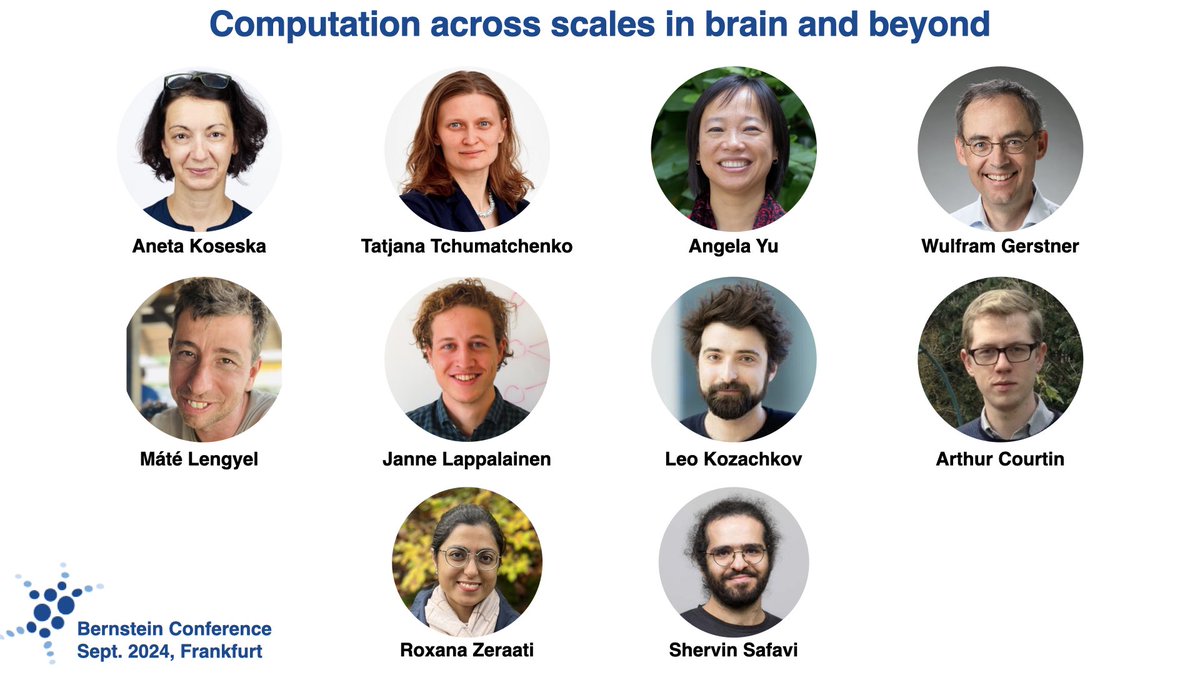

🚨Preprint alert🚨 In an amazing collaboration with Gruaz Lucas, Sophia Becker, & J Brea, we explored a major puzzle in neuroscience & psychology: *What are the merits of curiosity⁉️* osf.io/preprints/psya… 1/7


Episode #22 in #TheoreticalNeurosciencePodcast: On 50 years with the Hopfield network model - with Wulfram Gerstner Gerstner Lab theoreticalneuroscience.no/thn22 John Hopfield received the 2024 Physics Nobel prize for his model published in 1982. What is the model all about?
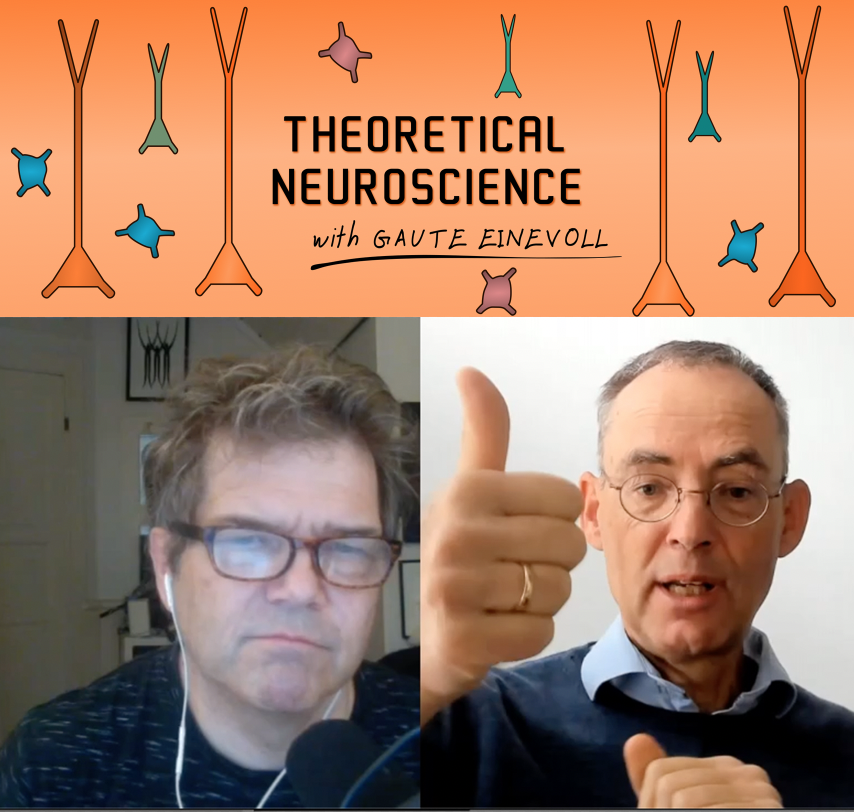


If you're at #foragingconference2024 , come check out our poster (#60) with Alireza Modirshanechi and Gerstner Lab today! Using a unified computational framework and two open-access datasets, we show how novelty and novelty-guided behaviors are influenced by stimulus similarities😊🤩

